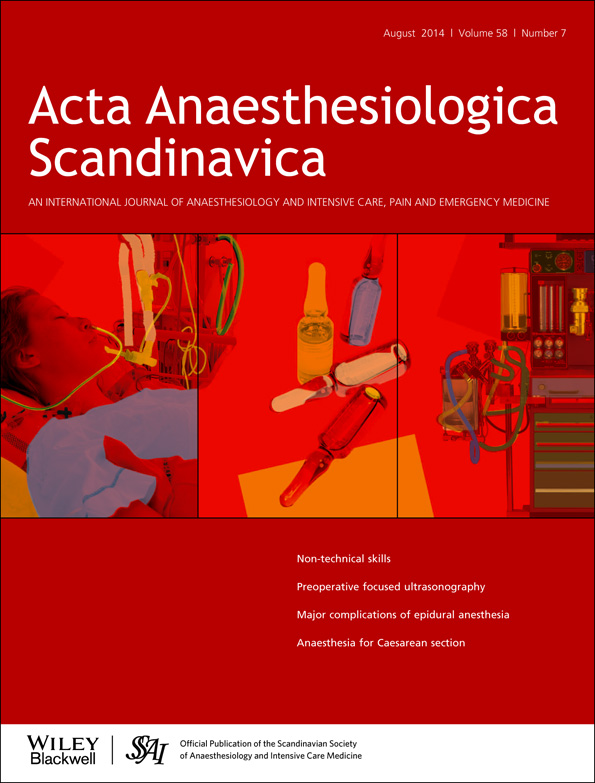Ultrasound-guided lateral infraclavicular block evaluated by infrared thermography and distal skin temperature
Abstract
Background
Brachial plexus blocks cause changes in hand and digit skin temperature. We investigated thermographic patterns after the lateral infraclavicular brachial plexus block. We hypothesised that a successful lateral infraclavicular block could be predicted by increased skin temperature of the 2nd and 5th digits.
Methods
We performed an ultrasound-guided lateral infraclavicular block in 45 patients undergoing upper limb surgery. The contralateral hand served as control and we obtained infrared thermographic images of both hands before the block and during the following 30 min. We defined areas of interest on the hands and analysed mean skin temperature of each area.
Results
Forty patients completed the study. Thirty blocks were successful, six were failures and four were partial failures. Four distinct patterns of skin temperature changes were revealed with highly significant changes in temperature, depending on block success. A simultaneous 1 °C ipsilateral increase in skin temperature of the 2nd and 5th digits predicted a successful block with a positive predictive value of 100%. A 5 °C difference in digit skin temperature compared with the contralateral hand had a positive predictive value of 96%, and a digit skin temperature ≤ 30 °C 30 min after performing the block had a predictive value of 100% for a failed block.
Conclusions
Four different thermographic patterns were found. Simultaneous increases in skin temperature of both the 2nd and 5th digits predicted lateral infraclavicular block success with a positive predictive value of 100%. Digit skin temperature ≤ 30 °C 30 min after performing the block indicated block failure.




